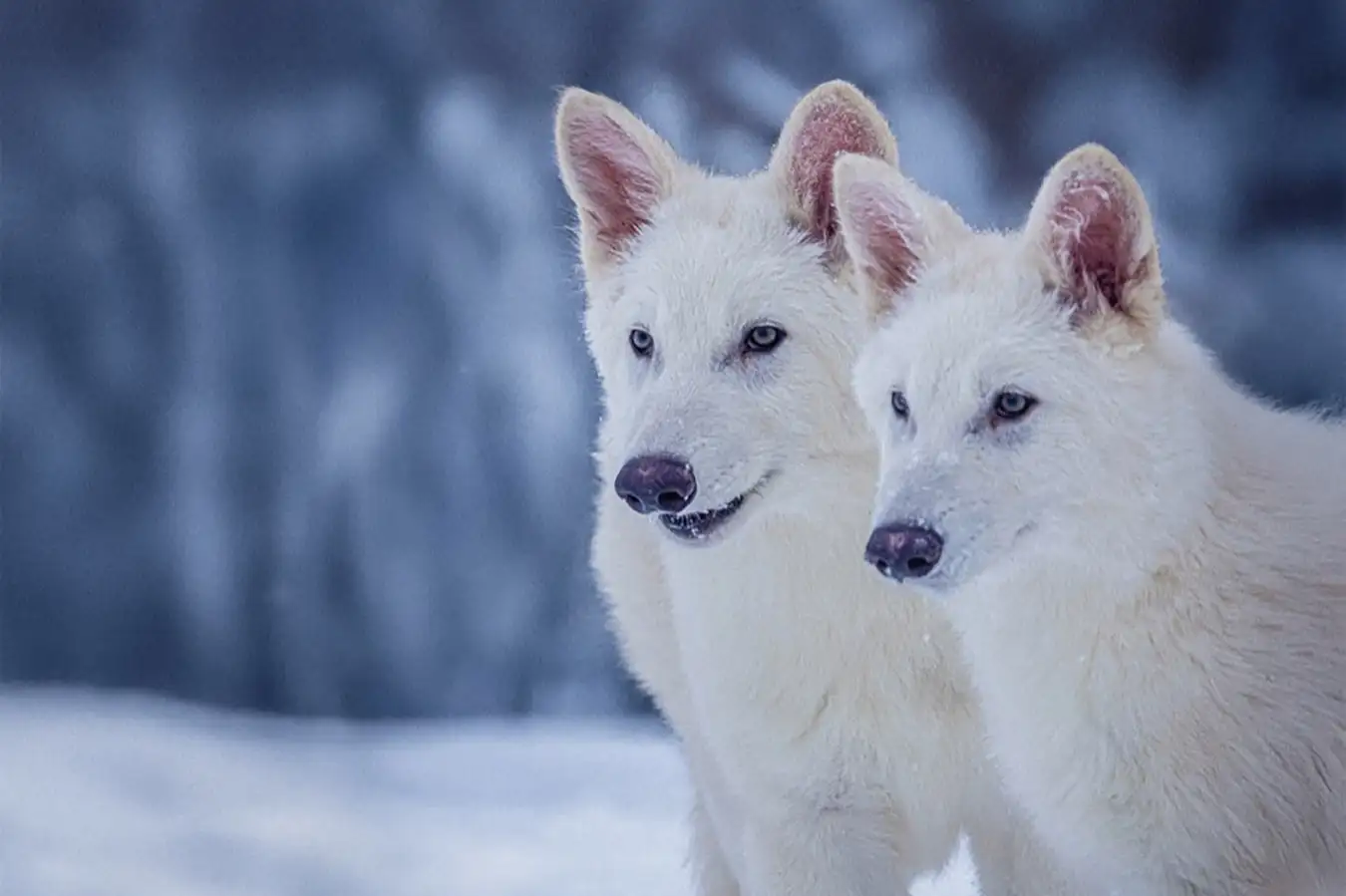The dire wolf (Canis dirus) is one of the most iconic prehistoric predators in North American history. Often overshadowed by its more famous Ice Age contemporaries like the saber-toothed cat or mammoth, the dire wolf nonetheless holds a firm place in both science and pop culture—especially after being immortalized in the hit series Game of Thrones. But recent scientific claims of reviving the dire wolf through genetic engineering have sparked both fascination and fierce debate.
What Were Dire Wolves?
Dire wolves roamed North and South America for thousands of years before going extinct around 10,000 years ago, at the end of the last Ice Age. These massive canines were larger and more muscular than today’s gray wolves, weighing up to 150 pounds. With powerful jaws, they preyed on large herbivores such as bison, horses, and even young mammoths.
Despite their resemblance to modern wolves, recent DNA studies suggest that dire wolves were genetically distinct and not direct ancestors of today’s canines. They belonged to a separate evolutionary lineage, possibly diverging over five million years ago.
The Extinction of a Predator
Dire wolves thrived during the Pleistocene epoch, but as the climate warmed and megafauna populations declined, these predators lost their primary food sources. Unlike the more adaptable gray wolf, dire wolves couldn’t adjust to new prey and eventually vanished from the Earth.
Their fossils, particularly those recovered in large numbers from the La Brea Tar Pits in Los Angeles, have provided scientists with a treasure trove of information about their anatomy, diet, and behavior.
Have Dire Wolves Been Brought Back?
In 2025, Colossal Biosciences—a biotech company focused on “de-extinction”—claimed to have genetically engineered three wolf pups with physical traits mimicking dire wolves. Named Romulus, Remus, and Khaleesi, these pups were created by editing specific genes from gray wolves using ancient DNA data retrieved from dire wolf fossils.
According to Colossal, the edited genes influence key traits such as jaw strength, body size, and fur coloration—giving the pups a superficial resemblance to the long-lost predators.
Experts Are Skeptical
Despite the excitement, many scientists are urging caution. Biologist Vincent Lynch of the University at Buffalo explained, “All you can do now is make something look superficially like something else.” In other words, while the pups may share some visible traits, they are not true dire wolves in genetic or ecological terms.
Moreover, experts warn that even if these animals appear similar, they may not behave like their extinct counterparts or occupy the same ecological niche. Recreating a species based on a few genes is far from reconstructing its entire genome, let alone its role in an ecosystem.
Ethical and Ecological Concerns
The idea of reviving extinct species raises ethical questions. Should we bring back creatures that evolution has already phased out? Can these animals truly survive in today’s environments, and what impact could they have on modern ecosystems?
There’s also the question of suffering—are these genetically engineered animals healthy and capable of living normal lives? And if not, is the science worth the cost?
Conclusion
The dire wolf continues to fascinate, thousands of years after its extinction. Advances in genetic engineering have brought us closer than ever to recreating ancient animals, but the debate is far from over. Whether or not we’ll ever see a true dire wolf again remains uncertain—but the conversation around de-extinction is just beginning.
